Tag: oxygenation

Gas Exchange in ARDS
Acute respiratory distress syndrome (ARDS) is characterized by severe impairment of gas exchange. Hypoxemia is mainly due to intrapulmonary shunt, whereas increased alveolar dead space explains the alteration of CO2 clearance.... read more

National Variation in the Use of Tracheostomy in Children Undergoing Congenital Heart Surgery
Variation in the usage of tracheostomy in infants and children undergoing congenital heart surgery exists across the country. High-tracheostomy centers had lower hospital charges. Late tracheostomy placement, higher congenital... read more
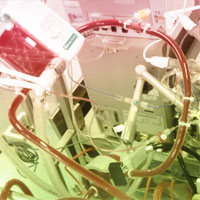
Successful Long-Term ECMO for Invasive Pulmonary Aspergillosis
Extracorporeal membrane oxygenation is an established life-saving procedure for severe acute respiratory failure due to various causes. Long-term extracorporeal membrane oxygenation might be considered if the primary causes... read more
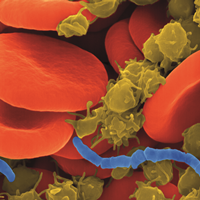
Validation of the Vasoactive-Inotropic Score in Pediatric Sepsis
Secondary retrospective analysis of a single-center sepsis registry. Vasoactive-Inotropic Score in pediatric sepsis patients is independently associated with important clinically relevant outcomes including ICU length of... read more

Muscle Oxygenation as Indicator of Shock Severity
The aim of this pilot study was to evaluate the potential of a new noninvasive optical measurement of muscle oxygenation (MOx) to identify shock severity in patients with suspected sepsis. We demonstrate that noninvasive... read more

Extracorporeal membrane oxygenation for poisoning in adult patients: outcomes and predictors of mortality
Data on outcomes from severe poisoning in adults receiving extracorporeal membrane oxygenation (ECMO) is currently confined to single-center experiences or specific etiologies. While ECMO cannot facilitate toxin removal,... read more
The Basics of Veno-Arterial and Veno-Venous ECMO and the Indications of ECMO Therapy
Sean P. Kane, PharmD, BCPS, speaks with Elliott Cohen, MD about extracorporeal membrane oxygenation (ECMO). In the episode, the basics of Veno-Arterial (VA) and Veno-Venous (VV) ECMO are outlined and the indications of ECMO... read more

Ramped Position versus Sniffing Position during Endotracheal Intubation
A Multicenter, Randomized Trial of Ramped Position versus Sniffing Position during Endotracheal Intubation of Critically Ill Adults. Hypoxemia is the most common complication during endotracheal intubation of critically ill... read more
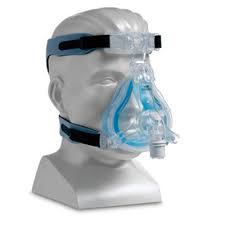
Bi-level Ventilation: Who Needs it and Who Doesn't?
Bi-level ventilation is commonly used in patients with respiratory failure in the emergency department. This is a brief review of the indications for bi-level ventilation as well as a review of the complications of this popular... read more
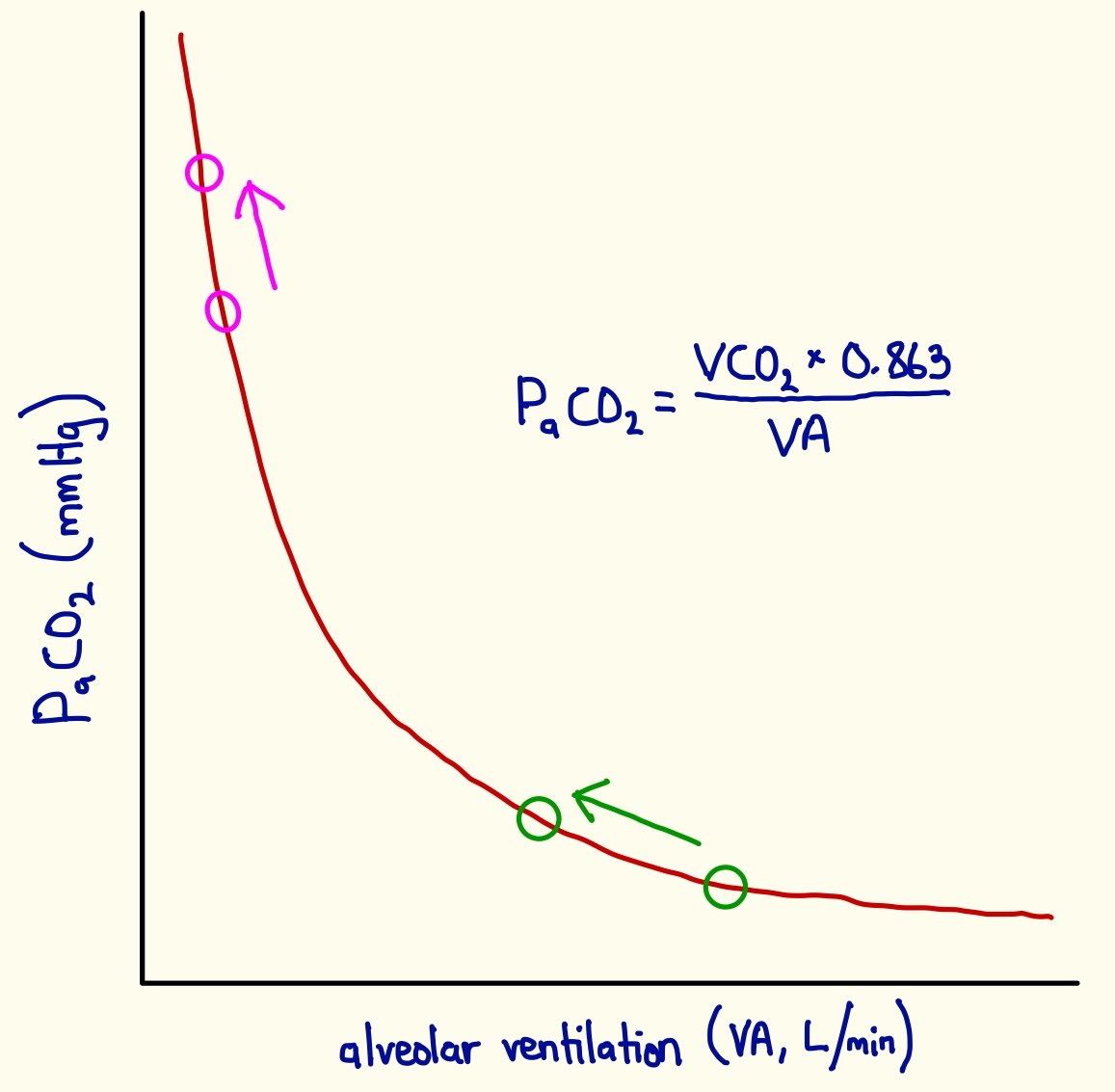
PaCO2 Equation
I've previously written about the alveolar gas equation and oxygen delivery equation, both of which deal with the physiologic process of oxygenation. Now I want to discuss the important relationship between alveolar... read more

Rocketamine vs. Keturonium for Rapid Sequence Intubation
Airway management is a detail-oriented sport. Minor nuances of patient positioning can be essential. Or gentle laryngeal manipulation. Apneic oxygenation can improve first-pass success. Placing the pulse oximeter on the... read more
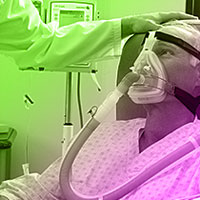
Spontaneous Breathing during Mechanical Ventilation. Risks, Mechanisms, and Management
Spontaneous respiratory effort during mechanical ventilation has long been recognized to improve oxygenation, and because oxygenation is a key management target, such effort may seem beneficial. Also, disuse and loss of peripheral... read more
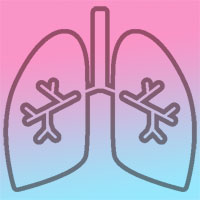
Use of ‘tidal volume challenge’ to improve the reliability of pulse pressure variation
Fluid loading is usually the first step in the resuscitation of patients with acute circulatory failure. Fluid responsiveness is defined as the ability of the left ventricle to increase its stroke volume in response to fluid... read more
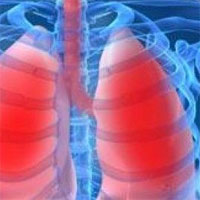
Effects of Neuromuscular Blockers on Transpulmonary Pressures in Moderate to Severe ARDS
Thirty patients were included, 24 with moderate ARDS and 6 with severe ARDS. NMBA infusion was associated with an improvement in oxygenation in both moderate and severe ARDS, accompanied by a decrease in both plateau pressure... read more

Severe Adult ARDS Prediction Models
Outcomes and survival prediction models for severe adult acute respiratory distress syndrome treated with extracorporeal membrane oxygenation. Although the use of ECMO for severe refractory ARDS has markedly increased since... read more
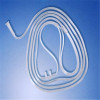
Apnoeic oxygenation via high-flow nasal cannula oxygen combined with non-invasive ventilation preoxygenation for intubation in hypoxaemic patients in the intensive care unit
A novel strategy for preoxygenation in hypoxaemic patients, adding HFNC for apnoeic oxygenation to NIV prior to orotracheal intubation, may be more effective in reducing the severity of oxygen desaturation than the reference... read more

New non-invasive imaging method for showing oxygen in tissue
Learning how to look inside a body without having to cut it open is still an important part of medical research. One of the great challenges in imaging remains the visualization of oxygen in tissue.... read more









